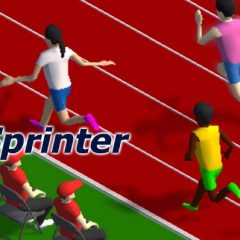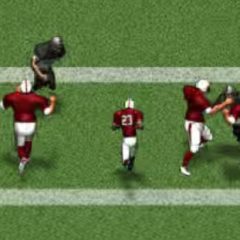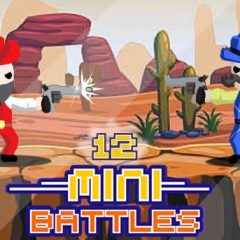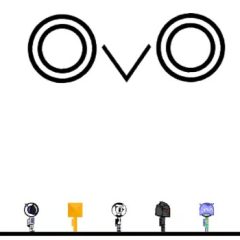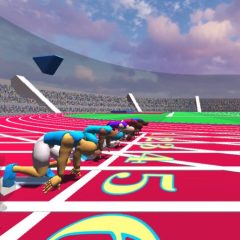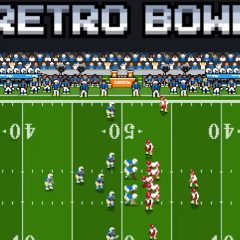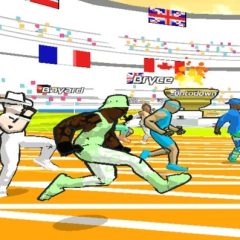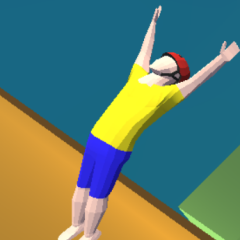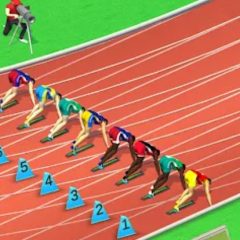Speed Stars is a track-based running game focused on precision and rhythm. The core idea is to compete in short-distance sprints using manual input to control each step. Instead of simply holding a key to move, players must press specific buttons in sequence to simulate the left and right legs of the runner. The goal is to complete each race in the shortest possible time, with the player’s input speed and accuracy directly affecting the runner’s performance. Mistimed presses reduce momentum or cause stumbles, adding a skill-based element to an otherwise straightforward racing concept.
Control Mechanics and Race Execution
Each leg of the character is tied to a separate control key, creating a repetitive but rhythm-sensitive input system. Early races focus on teaching the timing needed to maintain consistent speed. Once the basic movement is mastered, players can begin to focus on optimizing acceleration and top speed. There is also a starting boost mechanic, where launching off the line at the correct moment provides an advantage. Races are quick but require full attention, as even small errors in timing can cost valuable seconds or prevent a clean finish.
Progression and Time Trials
The game allows players to compete against recorded ghosts, showing their previous attempts or top times from others. This adds a competitive element without requiring real-time multiplayer. Runners can unlock new appearances or tweak visual preferences, but these changes do not affect performance. What matters is timing and consistency. To achieve faster times, players must study their own input rhythm and refine the spacing between key presses. The more efficient the steps, the better the final score.
Visual Presentation and Sound Design
Speed Stars uses a minimal but clear visual style, with a strong focus on character motion and track layout. Backgrounds are non-distracting, allowing players to keep full focus on timing and pace. Animations are responsive and tied closely to user input, helping players visually track their rhythm. Sound effects reinforce successful steps and warn of errors, giving players real-time feedback even without looking directly at the character. The music is loop-based, maintaining tempo without overwhelming the play experience.
The short length of each race makes the game easy to replay. Players often attempt the same track multiple times in a row to shave off milliseconds from their personal best. As confidence builds, the focus shifts from completing the race to perfecting every section of it. This repetition and timing-based gameplay creates a loop where improvement is always possible.
